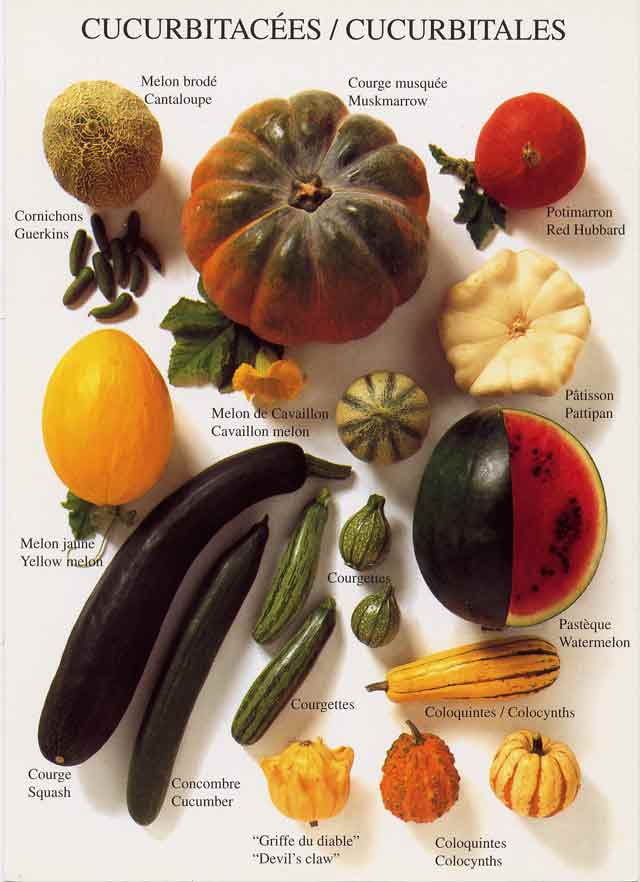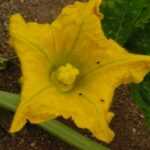Just in case you missed this important news:
GADI & TAMIR’S EXTRAORDINARY BLUEBERRIES ARE HERE!!!
Over the past five years, in a small plot in Teqoa, Gadi and Tamir have been growing blueberries and raspberries, painting the desert fringe blue and purple. Gadi Afik, an agronomist specializing in blueberries, and Tamir Deutsch, an organic farmer and long-time friend, joined forces to meet the challenge of raising blueberries and raspberries in Israel.
Blueberries need special conditions to grow, including acidic soil, thus they’re grown on detached beds inside large containers. Cold weather agrees with them, and when frost gathers outside, it warms Gadi and Tamir’s hearts. To maintain an accurate level of acidity in the soil, Gadi and Tamir use (non-organic) fertilization, but throughout their growth the berries are not sprayed.
Their nutritional and health values are high: Rich in antioxidants, Vitamins C, K and other minerals, blueberries are known to prevent inflammation in the blood vessels and to lower cholesterol. They are recommended as a fruit portion for diabetics, as these berries can lower sugar levels in the blood. And we haven’t even mentioned the tantalising flavour…
19.5 NIS per 125 gram package | 72 NIS per 500 gram package
Blueberry season is short! Only 2-3 months! Add them to your boxes today via our order system.
_________________________________
Summer is comming soon, and for some weeks now you’ve been receiving one of the first vegetables spring arrivals – the squash. And there’s more varieties on the way! Squash comes in a range of colors, including the light Galilean squash and dark green zucchini as well as the yellow and striped zucchini. As the leader of the band, we happily dedicate our exuberant end-of-Spring Newsletter to this remarkable vegetable
Squash belong to the prominent Cucurbitaceae family, a very diverse, widespread clan whose members are grown primarily for food, but also for other interesting uses. Within the subdivision of cultivated plants, the family tree splits off into five main branches: 1. cucumber, fakus and melon; 2. watermelon; 3. various types of pumpkins and squashes; 4. the decorative, inedible pumpkin that is used for decorations and to make serving utensils and musical instruments; and 5. Lupa pumpkins, whose skin is used to prepare natural sponges.
Pumpkins and squash are close cousins, different treatments affect their characteristics:
Pumpkins are harvested at maturity after a long growth period of 3-5 months, when their shell is hard and the seeds within are stiff and plump. Usually we seed them before cooking. Conversely, squash is harvested young, after only one or two months of growth. Its peel is still soft, and chafes easily. The seeds are thin and barely discernible, which is why there’s no need to remove them before eating.
Squash and pumpkins are natives of Central America. Columbus introduced them to the Europeans, who first grew them only in botanical gardens, enjoying their beautiful blossoms. The Israelites, pleading “We remember the fish we ate in Egypt at no cost–also the squash, melons, leeks, onions and garlic…” apparently were not craving what we call squash, but probably the fakus, their African/Mid-Eastern cousin, as we explained last week.
Even within its very own family, squash varieties vary from one sibling to another. The Mid-Eastern squash is chubby and light green. His longer and thinner brothers, the zucchinis, received their name from the Italian zucca for pumpkin, thus “a small pumpkin.” Chubeza grows dark green, yellow and striped zucchini. And there are also round squash varieties used to stuff, and even beautiful flower-shaped squash.
Preparation for squash season starts here at the end of winter. We sow our squash seeds in the beginning of February when it’s still mighty cold. To protect them, we cover the earth with a plastic surface, and cover the seeds with another plastic cover to insulate them from the cold. The result is a sort of tunnel that heats up from the sunrays and acts as a shield from the biting frost and any end-of-winter storms. Usually in the first rounds, we use transplants as well as seeds. The seeds need relatively high temperatures in order to sprout, while transplants have priority since they are more mature and can grow in lower temperatures as well.
In the annals of Chubeza, there were years when our first squash crops suffered a mysterious disappearance due to the young sprouts being eaten, probably by crickets or other earthy inhabitants. This was another reason to choose transplants during this season, attempting to outwit the pests.
When wintertime makes room for spring and it gets too hot under the plastic, we cover the squash plants in Agril – a cloth made of non-woven material. These sheets are very thin but insulated. They are not opaque, allowing the sunrays to penetrate, but are relatively strong. In winter we use Agril to protect the delicate greens from possible hail damage, and in springtime we spread it over the Cucurbitaceae family in the first stages of their growth to protect them from insects.
These aren’t your average vegetarian insects who need to feast on some squash greens, but rather flies, mosquitos and other fly-by insects who merely wish to land a hand or leg on the squash. The problem is that they aren’t great about hygiene, and therefore transmit viruses and diseases that damage the young squash plants. The viruses and leaf diseases are the worse problems this gourd family encounters, with the squash, fakus, melons and various small pumpkins being the most sensitive of all. Which is why we cover them with cloth as they start their lives in the world, just like we would put up a screen at home to prevent flying insects from entering our living space. Once the squash begins to bloom, we remove the cover, because it’s a whole new concert now, and for this segment we do need the humming of flying insects…
So how does squash move from being a green, impressive plant to actually ripening and bearing fruit? Along the way, there are the big, beautiful yellow flowers, lovely to look at and particularly attractive to yellow-loving pests. The squash plant bears two types of flowers: male and female (everything written about squash holds true for pumpkins, cucumbers, melons, watermelons, fakus and the rest of the Cucurbita or gourd family). Both types of flowers resemble each other from afar, but when you look closely, the differences are evident.
The insects, thrilled by the bright yellow, enter the male flower, have their fun, and gather some nectar and pollen that look like this:

Then they continue on to frolic in the next nearby playground, the female flower, spreading the male pollen all over. The now-fertilized female flower closes and shrinks, and at the end of the process looks like this:
If you look closely, you will see that at the edge of this flower, a fresh, new little squash is growing. It’ll only take him a few days before he is ready for careful and delicate picking, so as not to scratch or damage the shiny, delicate peel. Squash grow so quickly that we harvest them daily. A squash forgotten on the bush will be discovered a few days later in monster-like dimensions…
Squash is low in calories and high in dietary fiber. It contains magnesium, potassium and folic acid, Vitamins A and C and other antioxidants. Zucchini has a fresh, neutral flavor (some call it bland), but no need for a PR campaign: its neutral taste is probably the ingredient that made zucchini a favorite child in almost every country. In France they are used in ratatouille and quiches; in Italy they are prize components of caponata, frittata, antipasti and pasta primavera. The Italians also harbor a special affection for stir-fried zucchini flowers. Romania and Bulgaria cook it in a givetch, in Turkey it stars in patties, in the Middle East one can stuff it with rice and chopped meat, and Iraqis use squash generously in kubeh soup or sauce. In the Far East, zucchini and squash are stir-fried together in a wok, while in the United States they make their way into yummy bread and zucchini jam……
But hey, zucchini can also be eaten with no cooking, frying or baking whatsoever. Just squeeze them to make squash juice, a great detox for the body, or enjoy them fresh in your salad, a la cucumbers. On days when cucumber shortages struck Chubeza, we cheerfully chopped zucchini to fill our family lunch salad, which was polished off in seconds.
And on this hopeful and yummy note, we wish you a good, calm week, From all of us at Chubeza
_____________________________________________
WHAT’S IN THIS WEEK’S BOXES?
This last week, we’re once again experiencing a Basic Vegetable shortage – this time in tomatoes. Our tomato plants are currently between growth rounds, as is the case for the entire organic market. Thus, there are not enough tomatoes to go around for every box. To bring a ray of cheer despite the missing tomatoes, we are sending peppers in some boxes instead.
Monday: Parsley root/celery stalk, carrots, coriander/dill/parsley, potatoes, beets, onions, Swiss chard/kale/New Zealand spinach, squash/zucchini, tomatoes/peppers, cucumbers, lettuce.
Large box, in addition: Cabbage, garlic, kohlrabi.
FRUIT BOXES: Loquat (shesek), avocados, pears/apples/nectarines, bananas/clementinas.
Wednesday: Parsley root/celery stalk, carrots, coriander/dill/parsley, potatoes, beets, onions, Swiss chard/kale/New Zealand spinach, squash/zucchini/Fakus (armenian cucumber), tomatoes/peppers, cucumbers, lettuce.
Large box, in addition: Cabbage/sweet potatoes, garlic/scallion, kohlrabi/slice of pumpkin.
FRUIT BOXES: Avocados, pears/apples, nectarines, bananas/pomelit, clementinas.










